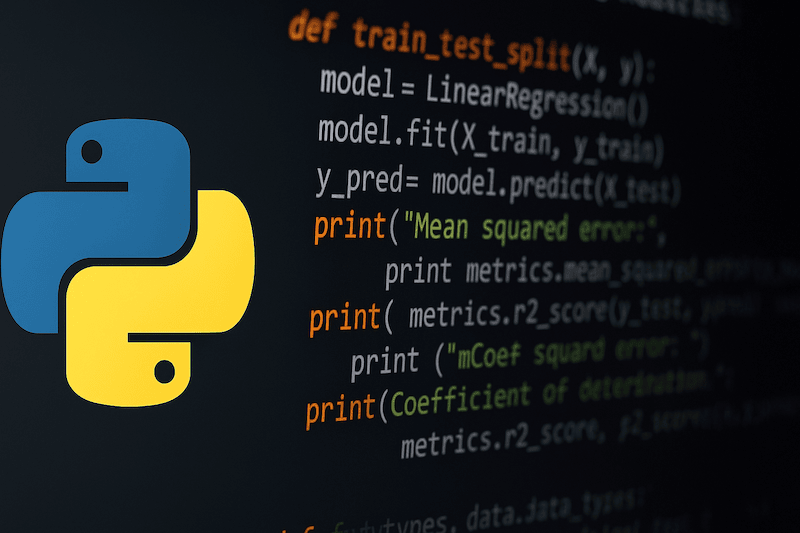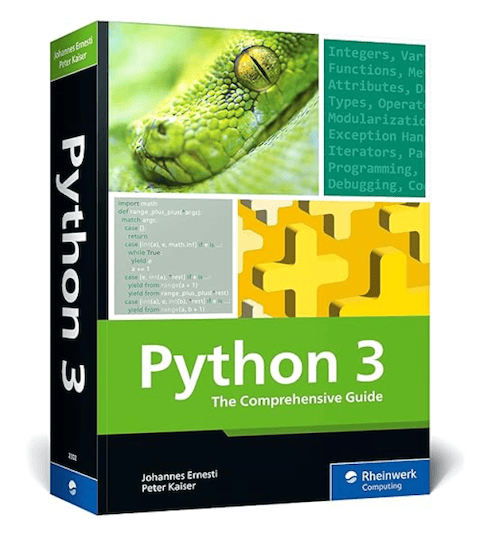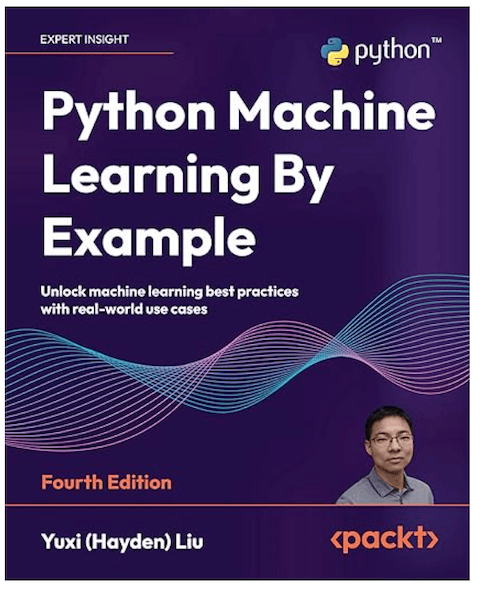Blog
Recent Posts
Mastering Python: Comprehensive Guides, Real-World Applications, and Hands-On Learning for Beginners to Experts
Posted by on
 Our PICAN series of HATs are fully programmable using Python, giving users the flexibility to create custom applications and leverage the power of the Raspberry Pi for CAN Bus projects. While Python is user-friendly, some projects may require extra guidance—especially for those new to programming or tackling advanced tasks. That’s where these books come in, offering clear explanations, practical examples, and step-by-step instructions to help you get the most out of your PICAN HAT and Python programming experience.
Our PICAN series of HATs are fully programmable using Python, giving users the flexibility to create custom applications and leverage the power of the Raspberry Pi for CAN Bus projects. While Python is user-friendly, some projects may require extra guidance—especially for those new to programming or tackling advanced tasks. That’s where these books come in, offering clear explanations, practical examples, and step-by-step instructions to help you get the most out of your PICAN HAT and Python programming experience.
About Python
Python is a high-level, interpreted programming language known for its simplicity, readability, and versatility. Created by Guido van Rossum in the late 1980s and first released in 1991, Python was designed with the philosophy that code should be easy to read and write. Its clean, straightforward syntax closely resembles plain English, which makes it an excellent choice for beginners while still offering powerful capabilities for experienced developers. Python is cross-platform, open-source, and supported by a large, active community that continuously contributes to its growth and improvement.
One of Python’s greatest strengths is its adaptability across a wide range of applications. It is widely used in web development, data science, artificial intelligence, automation, scientific computing, and software prototyping. The language boasts an extensive standard library and a vast ecosystem of third-party packages, allowing developers to tackle everything from simple scripts to complex, large-scale systems with minimal effort. Its emphasis on clarity, combined with its broad capabilities, has made Python one of the most popular and in-demand programming languages in the world today.
 Python 3: The Comprehensive Guide to Hands-On Python Programming
Python 3: The Comprehensive Guide to Hands-On Python Programming
This comprehensive manual makes Python 3 both approachable and highly practical. Covering everything from fundamental concepts such as data types, functions, and control structures to advanced topics like object-oriented programming and modular design, it equips readers with a solid foundation. The writing is clear and accessible, with well-structured explanations that ensure both beginners and experienced developers can follow along. The book balances conceptual coverage with real-world application, allowing readers to see exactly how Python can solve practical problems.
What makes this guide stand out is its strong emphasis on hands-on practice. Readers work through realistic code snippets, step-by-step examples, and exercises that reinforce each concept. By consistently applying newly learned techniques to concrete scenarios, users can quickly move from writing basic scripts to developing more sophisticated Python programs. It’s a resource designed to build confidence, depth, and efficiency in Python programming. More information...
 Python for Engineering and Scientific Computing
Python for Engineering and Scientific Computing
Tailored for engineers and scientists, this book focuses on using Python to tackle the unique computational challenges in technical fields. It introduces essential tools such as NumPy, SymPy, SciPy, Matplotlib, and VPython, guiding readers through their practical use in solving engineering and scientific problems. Starting from fundamental programming concepts, the content progresses into advanced applications like symbolic mathematics, simulation, and data visualization, ensuring readers gain both core programming skills and domain-specific expertise.
The book is rich with real-world examples, from calculating structural dimensions and simulating physical systems to modeling biological processes. Each example is accompanied by fully annotated source code and outputs, bridging the gap between theory and execution. With its problem-driven approach and focus on applied learning, it is an ideal resource for those who want to integrate Python into professional scientific or engineering workflows. More information...
 Python Machine Learning By Example
Python Machine Learning By Example
This practical, example-driven guide takes readers step-by-step through building machine learning solutions in Python. It begins with foundational concepts and the setup of a working ML environment, then moves into implementing algorithms with popular libraries like scikit-learn, TensorFlow, and Keras. Through projects such as spam detection, sentiment analysis, topic modeling, and stock price forecasting, readers learn both the theory and coding practices behind effective machine learning.
Beyond the basics, the book addresses workflow optimization, model evaluation, and scaling solutions with frameworks like Apache Spark. Each example is carefully explained, with a focus on understanding why each approach works and how to adapt it to new problems. By blending theoretical insight with real-world application, this resource empowers readers to design, implement, and deploy their own machine learning models confidently. More information...
 Loading... Please wait...
Loading... Please wait...
